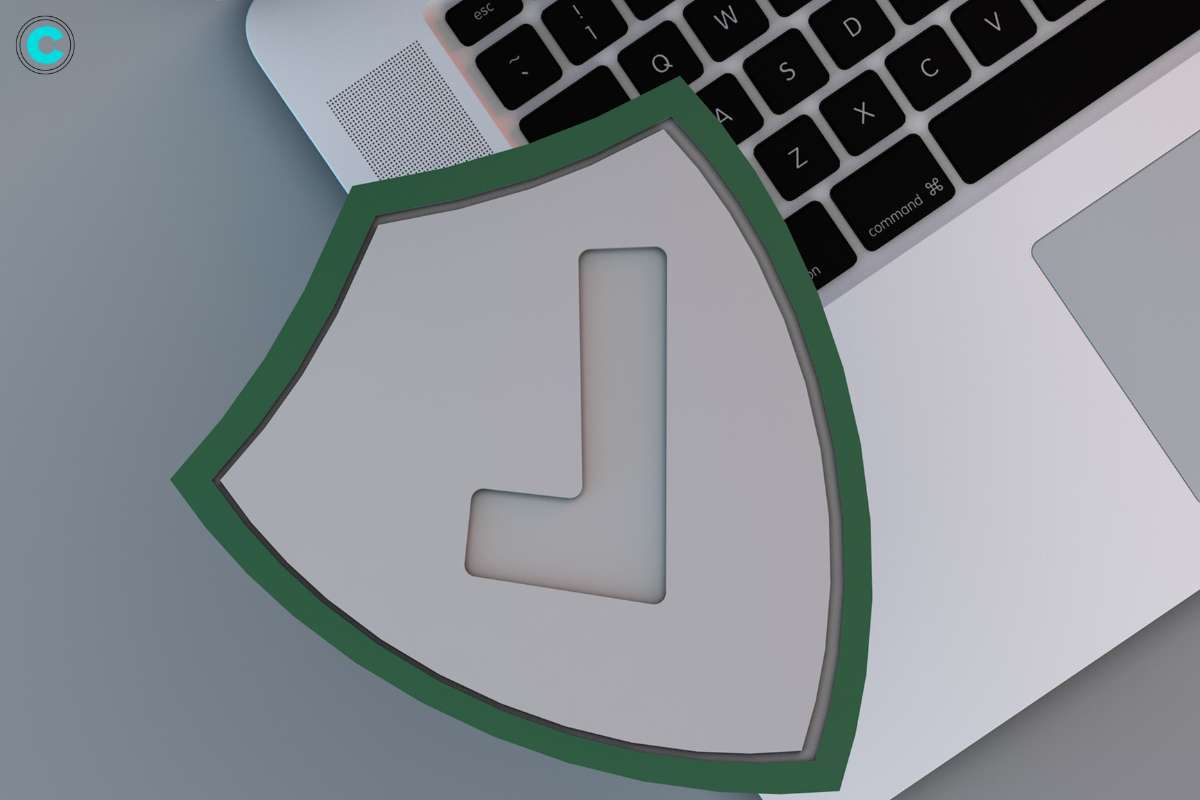In the digital landscape of 2023, cyber attacks emerged as a pervasive threat, targeting individuals, businesses, and governments alike. From ransomware outbreaks to supply chain compromises, the year witnessed a plethora of cyber incidents that underscored the vulnerabilities inherent in our interconnected world. In this article, we delve into the cyber attacks 2023, examining the root causes, implications, and strategies for mitigating future threats.
Cyber Attacks 2023: An In-Depth Analysis
The cyber attacks 2023 spanned a wide spectrum of tactics and targets, reflecting the diverse capabilities and motivations of malicious actors. Among the notable incidents were:
1. Ransomware Epidemic:
Ransomware attacks reached epidemic proportions in 2023, with cybercriminals exploiting vulnerabilities in software and networks to deploy malicious encryption software. High-profile ransomware incidents, such as the attack on a major healthcare provider, resulted in widespread disruption, financial losses, and compromised patient data.
2. Supply Chain Compromises:
Supply chain compromises emerged as a significant concern in 2023, as cybercriminals exploited vulnerabilities in third-party vendors to infiltrate target networks. The SolarWinds supply chain attack, which affected government agencies and Fortune 500 companies, highlighted the cascading effects of supply chain compromises and the challenges of securing interconnected digital ecosystems.
3. Nation-State Espionage:
Nation-state-sponsored cyber espionage activities escalated in 2023, with governments engaging in sophisticated cyber operations to steal sensitive data, disrupt critical infrastructure, and undermine geopolitical adversaries. The attribution of cyber attacks to nation-state actors posed challenges to diplomatic relations and international cooperation in cyberspace.
4. Zero-Day Exploits and Vulnerabilities:
Zero-day exploits, targeting previously unknown vulnerabilities in software and hardware, were actively exploited by cybercriminals in 2023. These exploits allowed attackers to bypass security measures, gain unauthorized access to systems, and conduct espionage or sabotage activities undetected.
5. Social Engineering and Phishing:
Social engineering tactics, such as phishing scams and pretexting, remained prevalent in 2023, as cybercriminals leveraged human psychology to manipulate individuals into divulging sensitive information or performing actions that compromised security.
What Was Lacking in Cyber Attacks 2023?

The Cyber Attacks 2023 overview: Several factors contributed to the proliferation of cyber attacks in 2023, including:
1. Vulnerability Management:
Many organizations lacked robust vulnerability management practices, failing to promptly patch known vulnerabilities or implement security updates. This oversight allowed cybercriminals to exploit known weaknesses and launch targeted attacks with impunity.
2. Insider Threats:
Insider threats, whether intentional or unintentional, posed a significant risk to organizations in 2023. Insufficient employee training, lax access controls, and inadequate monitoring mechanisms enabled malicious insiders to exfiltrate sensitive data or disrupt operations from within.
3. Inadequate Cyber Hygiene:
Individuals and organizations alike often neglect basic cyber hygiene practices, such as using weak passwords, failing to implement multi-factor authentication, and neglecting to update software and operating systems regularly. These oversights provided cybercriminals with low-hanging fruit and easy targets for exploitation.
What Can Be Improved in 2024?

To address the shortcomings observed in cyber attacks 2023 and strengthen cybersecurity resilience in 2024, several measures can be implemented:
1. Enhanced Threat Intelligence Sharing:
Improved collaboration and information sharing among cybersecurity stakeholders, including government agencies, private sector entities, and international partners, can facilitate the timely dissemination of threat intelligence and enable proactive threat detection and response.
2. Robust Cybersecurity Training and Awareness:
Investing in comprehensive cybersecurity training programs for employees, executives, and individuals can increase awareness of cyber threats and best practices for mitigating risks. By promoting a culture of cybersecurity awareness, organizations can empower individuals to recognize and report suspicious activities, thereby strengthening the human firewall against cyber attacks.
3. Adoption of Zero-Trust Security Models:
Zero-trust security frameworks, which assume zero trust in both internal and external networks, can mitigate the risks posed by insider threats and lateral movement within compromised environments. By implementing granular access controls, continuous authentication mechanisms, and least privilege principles, organizations can limit the impact of cyber attacks and prevent unauthorized access to critical assets.
4. Proactive Vulnerability Management:
Organizations should prioritize proactive vulnerability management practices, including regular vulnerability scanning, patch management, and security configuration audits. By identifying and remedying vulnerabilities before they can be exploited by cybercriminals, organizations can reduce their attack surface and strengthen their overall security posture.
5. Adoption of Cyber Insurance:
Cyber insurance can provide organizations with financial protection against the costs associated with cyber attacks, including data breaches, business interruptions, and regulatory fines. By transferring some of the financial risks of cyber incidents to insurers, organizations can mitigate the financial impact of cyber attacks and facilitate faster recovery from security breaches.
Measures for Individuals to Safeguard Against Cyber Attacks:

Cyber attacks 2023 left a terror in everyone’s heart. Individuals can take several steps to safeguard themselves against cyber attacks, including:
- Use Strong, Unique Passwords: Utilize strong, unique passwords for each online account, and consider using a password manager to securely store and manage passwords.
- Enable Multi-Factor Authentication: Enable multi-factor authentication (MFA) wherever possible to add an extra layer of security to online accounts and devices.
- Update Software and Operating Systems: Keep software applications and operating systems up to date with the latest security patches and updates to mitigate known vulnerabilities.
- Exercise Caution Online: Be wary of unsolicited emails, messages, or phone calls requesting personal or financial information, and avoid clicking on suspicious links or downloading attachments from unknown sources.
- Educate Yourself on Cybersecurity Best Practices: Stay informed about common cyber threats and best practices for staying safe online by reading reputable cybersecurity resources and attending cybersecurity awareness training programs.
FAQs (Frequently Asked Questions)
1. What is a ransomware attack?
A ransomware attack is a type of cyber attack in which malicious software encrypts files or systems, demanding ransom payments from victims in exchange for decryption keys. Ransomware attacks, surged in 2023, targeting organizations across various sectors and causing significant financial and operational disruptions.
2. How can organizations protect against supply chain compromises?
Organizations can protect against supply chain compromises by implementing vendor risk management practices, conducting thorough due diligence on third-party vendors and service providers, and implementing security controls to detect and prevent unauthorized access to their networks.
3. What are zero-day exploits?
Zero-day exploits are vulnerabilities in software or hardware that are previously unknown to the vendor or developers. Cybercriminals exploit zero-day vulnerabilities to launch targeted attacks, bypassing security measures and gaining unauthorized access to systems or data. Timely patching and vulnerability management are essential for mitigating the risks posed by zero-day exploits.
4. What are social engineering tactics?
Social engineering tactics involve manipulating individuals into divulging sensitive information or performing actions that compromise security through psychological manipulation. Common social engineering techniques include phishing scams, pretexting, and baiting. By raising awareness of social engineering tactics and educating individuals about how to recognize and respond to them, organizations can mitigate the risks posed by social engineering attacks.

Exploring Cyber Attack Types: Understanding the Threat Landscape
Understanding the different types of cyber-attacks is essential for implementing effective cybersecurity measures and
5. How can individuals protect themselves from cyber-attacks?
Cyber attacks 2023 created fear among the masses. Individuals can protect themselves from cyber attacks by practicing good cyber hygiene, such as using strong, unique passwords, enabling multi-factor authentication, keeping software and operating systems up to date, and exercising caution online. By staying informed about common cyber threats and adopting cybersecurity best practices.






